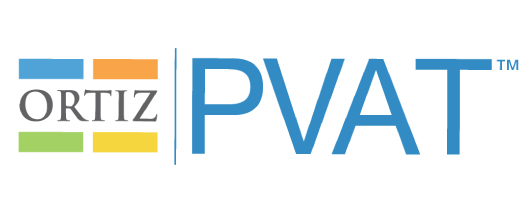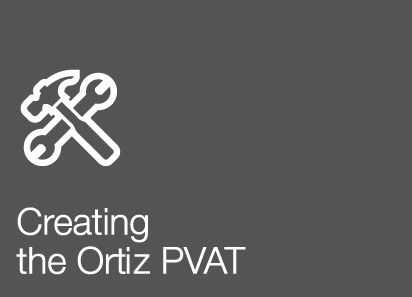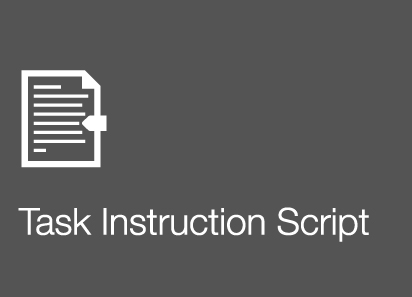- Technical Manual
- Chapter 1: Introduction
- Chapter 2: Theory and Background
- Chapter 3: Administration and Scoring
- Chapter 4: Scores and Interpretation
- Chapter 5: Case Studies
- Overview
- Case Study 1: Clinical Evaluation of an English Speaker Suspected of Having a Speech-Language Impairment
- Case Study 2: Progress Monitoring of an English Learner with Suspected Deficits in Verbal Ability and Language
- Case Study 3: Psychoeducational Evaluation of an English Learner with Suspected Specific Learning Disability
- Chapter 6: Development
- Chapter 7: Standardization
- Chapter 8: Test Standards: Reliability, Validity, and Fairness
- Task Instructions Scripts
Bilingualism and Vocabulary Development |
When the purpose or intent of a vocabulary test is to assess individuals in one language only, the issues discussed in the previous section provide the general and basic theoretical framework for building such a test. Many of the issues, including the one regarding differences in socioeconomic status, can be controlled via careful stratification of the relevant variables in the normative sample of the test. In addition, age itself (or grade) provides a relatively “standard” measure of development and is often an appropriate milestone for evaluating growth and vocabulary acquisition. This consistent trend is largely due to the fact that, under normal circumstances, physical maturation matches language acquisition and effectively equalizes either the incidental learning or educational experiences (or both) for individuals of the same age. Through the stratification of important variables that may create significant differences in learning experiences, the use of normative samples on the basis of age is a suitable and appropriate standard for assessing an individual’s vocabulary acquisition. The appropriateness of such age-based normative samples is only true, however, when the person being evaluated speaks only one langague, as opposed to two or more.
Unlike physical maturation, language is a unique developmental process in that it can begin at any point in an individual’s life. Of course, language development generally begins at birth, as human beings are social by nature and communication is an integral aspect of daily interaction. Humans are, however, capable of learning more than one language and may begin learning a second language at any time throughout their lifespan. For this reason, individuals who begin learning a second language are not only called “bilingual,” but have also effectively begun a brand new pattern of linguistic development at the point when the new language was introduced. Therefore, the individual’s age may not be a good marker of their language development, particularly if the expectation for such development is based on the typical development for an individual with experience in only one language. Because current research suggests differences between monolinguals and bilinguals related to the pattern and rate of vocabulary acquisition, the presence of a second language introduces new considerations about the assessment of vocabulary acquisition that create significant issues with regard to validity in the testing and evaluation process (Gibson, Peña, & Bedore, 2014a, 2014b).
It should be noted that use of the term “bilingual” does not imply that the individual has equal or even developmentally expected language proficiency in either language. The term merely refers to individuals with experiences in more than one language, and those experiences may have occurred because of situational factors (e.g., being required to learn a new language in school due to immigration to a new country) or by choice (e.g., taking an elective language course in college). The former refers to the concept of “circumstantial bilingualism,” and the latter refers to the notion of “elective bilingualism.” Both types of bilingualism characterize the factors that drove the introduction of a new language, but they do not imply any specific degree of proficiency, literacy, or development. For these reasons, it is often better to denote an individual who is not a monolingual, native speaker of a particular language as a “Second Language Learner” (in general), or as an “English learner” when the new language being introduced is English. The term “English learner” makes no assumptions regarding the individual’s degree of proficiency or development in English or the native language. Instead, the term serves to indicate primarily that the individual should not be regarded as having developmental language experiences that are equivalent in any way to either a monolingual, native speaker of the heritage language, or a monolingual, native English speaker.
| << Vocabulary Acquisition and Language Development | Psychometric Issues in the Evaluation of English Learners >> |





